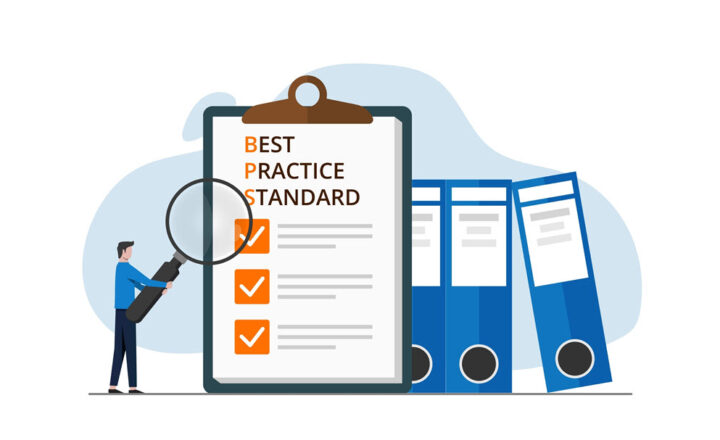5 Don’ts of SharePoint Implementation
Over my 15+ year SharePoint consulting career, I have helped hundreds of businesses of all sizes successfully implement SharePoint. I have seen many great implementations and many failed ones (before the clients hired me, of course 😊). I have already written several articles documenting SharePoint implementation best practices. These posts discussed what you should do or consider doing during the implementation. However, today, I would like to list what you should NOT do during the implementation.
1. Don’t lift and shift
“Our company did lift and shift from a file share to SharePoint, and now our users are complaining that they experience weird issues with SharePoint.” This is a text of a typical email I received from my prospective clients. Yeah, lift and shift… If I had a nickel for every time I heard this. I’m not sure when mankind got the idea that SharePoint is the same as a Network drive, but it is definitely not. You can’t just migrate your network drive to a single SharePoint site/library and call it a day. This is not how SharePoint works. You need to be aware of its limitations. You need to build your architecture around security and permissions. You need to think in terms of sites, not folders. Long story short, lift and shift is trouble waiting to happen…
2. Don’t use OneDrive as a collaboration drive
This is another big sin of many SharePoint migrations. A simple misunderstanding about the differences between SharePoint and OneDrive leads to catastrophic consequences. You can’t believe how often I saw IT companies migrate file shares to someone’s OneDrive and then have that OneDrive owner share the folders with the rest of the company. Why? You must understand the difference between SharePoint and OneDrive before performing the migration!
3. Don’t implement everything at once
Another big mistake! Microsoft 365 can be overwhelming with its countess applications and icons, but why implement everything at once? I always recommend a phased approach. You can always start with SharePoint first, then slowly upgrade the sites to Microsoft 365 Groups, and then add Teams, Planner, and perhaps some other apps. You don’t need to overwhelm your users with 10 applications at once.
4. Don’t ignore Governance
No matter how you approach SharePoint implementation, governance can go a long way. You need to set up some rules of engagement and decide on some crucial aspects of SharePoint capabilities like external sharing, syncing, security & permissions, who can create sites and teams, and so on. I strongly recommend you check out this article for governance tips and this one for Governance Template.
5. Don’t ignore training
Yeah, yeah, yeah, I know your users are super bright and don’t need it. I heard it all. However, the same bright users are the first ones to call the helpdesk and complain about missing files because they accidentally deleted them when they were syncing them locally via OneDrive for Business. SharePoint and Teams interact with files very differently from file shares. Features like Co-authoring, check-in/check-out, syncing, and version history are unique to SharePoint, and users need to understand what happens behind the scenes. So please, please, please do not ignore training!



